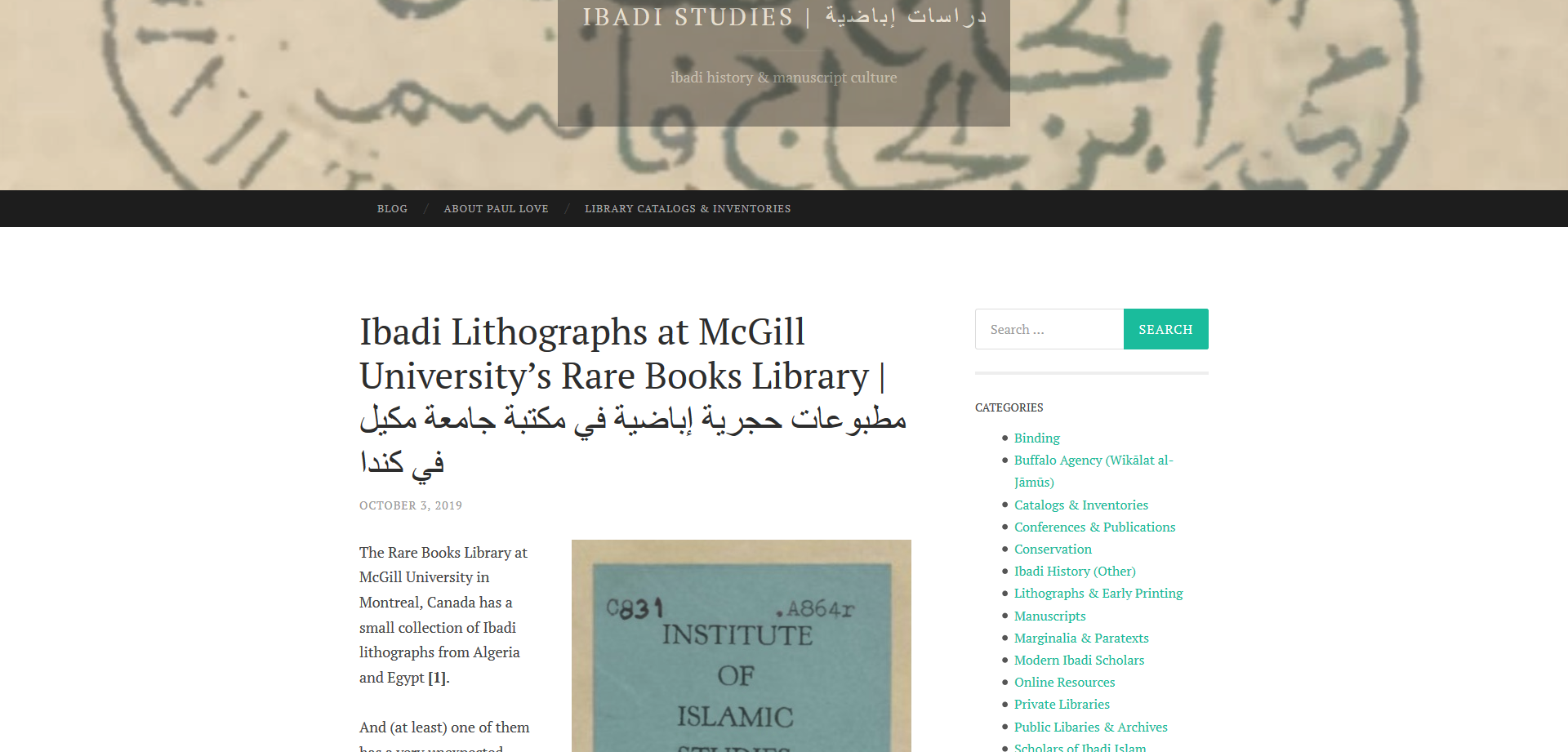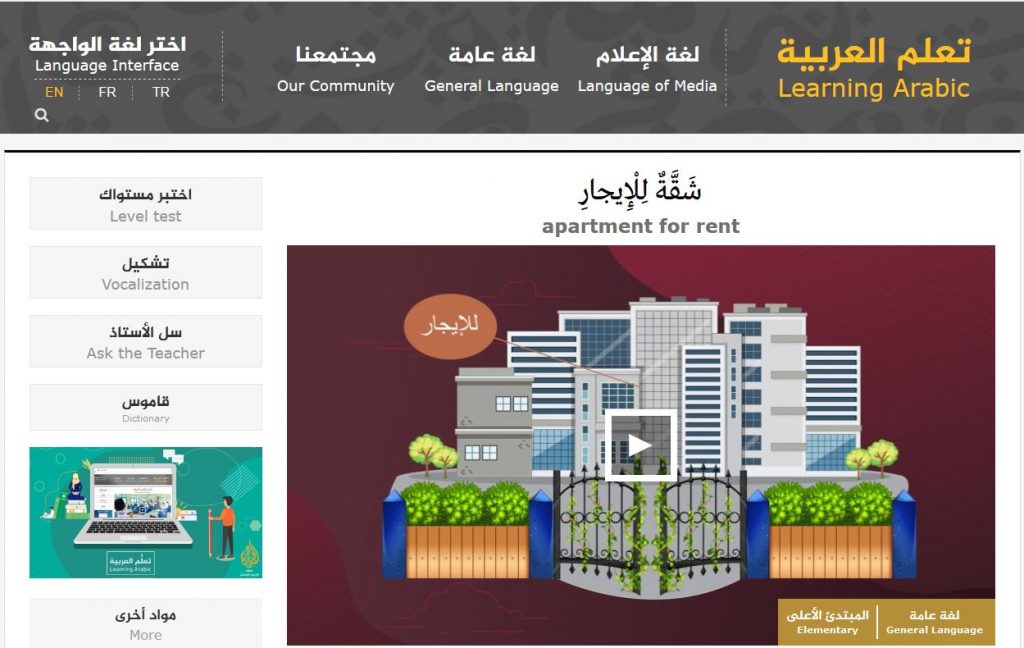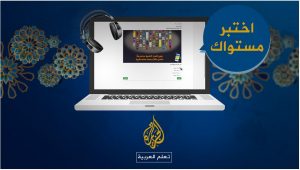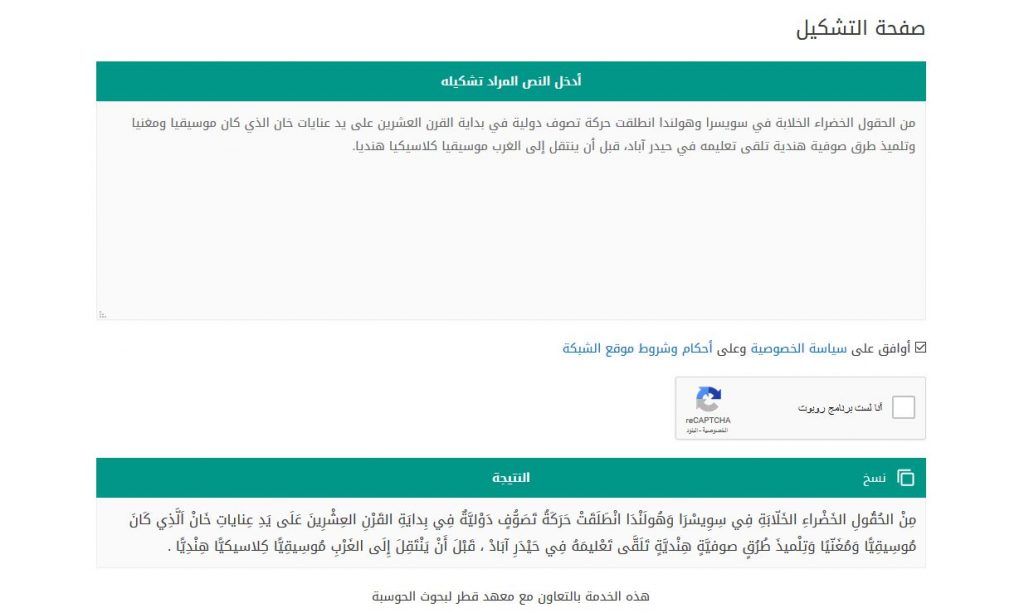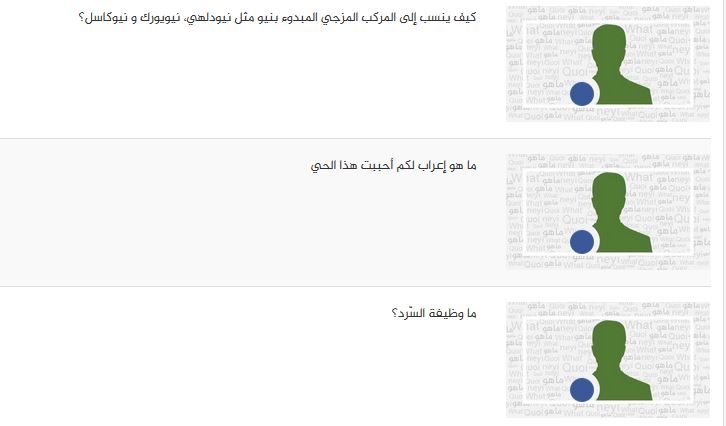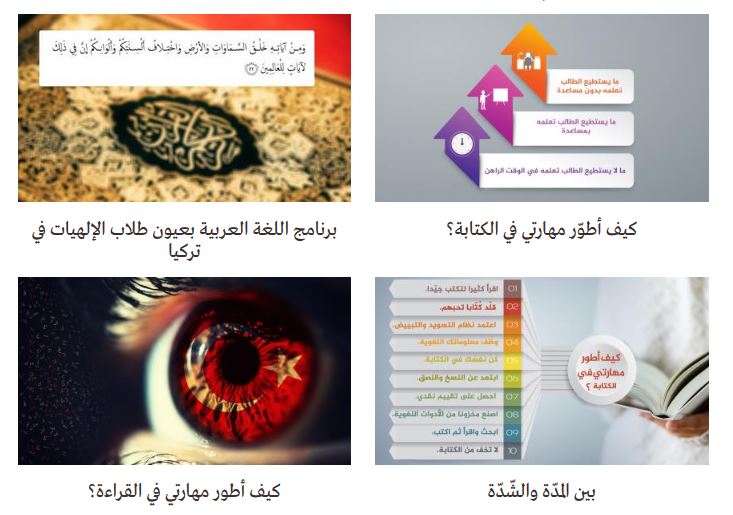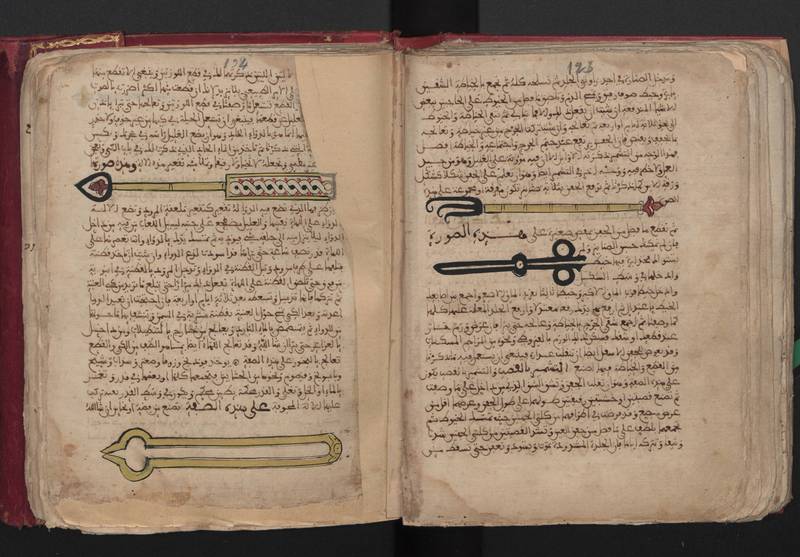Ibadi Studies is a research blog launched in 2013 and maintained by Dr. Paul Love, a Historian teaching North African, Middle Eastern, and Islamic History at Al Akhawayn University in Ifrane (AUI), Morocco. Interested in the Ibadi communities as well as in manuscript studies, libraries, and intellectual history, Dr. Love is the author of a monograph entitled Ibadi Muslims of North Africa (Cambridge University Press, 2018). According to his profile on the blog, he is currently working on a new publication on the history of the Ibadi community in the post-formative period in Cairo.
Although focused exclusively on one scholar’s research, Ibadi Studies remains an interesting resource for anyone interested in the topic. The main thread displays numerous call for papers, conferences and workshops announcements, and articles about manuscripts or lithographs housed all over the world (including the McGill Library, see image below).
The Library Catalogs & Inventories section dedicated to listing existing catalogues of Ibadi manuscripts and rare books, thus far includes lists for libraries in Djerba (Tunisia), Lviv (Ukraine), and Naples (Italy).
The blog is in English, but some posts have abstracts in Arabic.
—————————————————————————-
For those of you curious about the McGill Library Ibadi holdings, here’s a detailed list with links to full bibliographic records:
- يوسف بن ابراهيم الورجلاني , and وارجلاني، يوسف بن ابراهيم،, -1174 or 1175 . الدليل لاهل العقول لباغي السبيل بنور الدليل لتحقيق مذهب الحق بالبرهان والصدق. Al-Maṭbaʻah Al-Bārūnīyah, 1887.
- Shammākhī ʻĀmir ibn Alī, and Qaṣabī ʻUmar Abū Sittah. Kitāb Al-Īḍāḥ. Al-Maṭbaʻah Al-Bārūnīyah, 1892.
- شماخي، أحمد بن سعيد،, -1522 . كتاب السير. Al-Maṭbaʻah Al-Bārūnīyah, 1883.
- محمد بن يوسف اطفيش , and اطفيش، محمد بن يوسف،, 1820 or 1821-1914 . رسالة شافية في بعد التواريخ. Bakīr Ibn Qāsim Al-Qarārī, 1881. (see image below)



